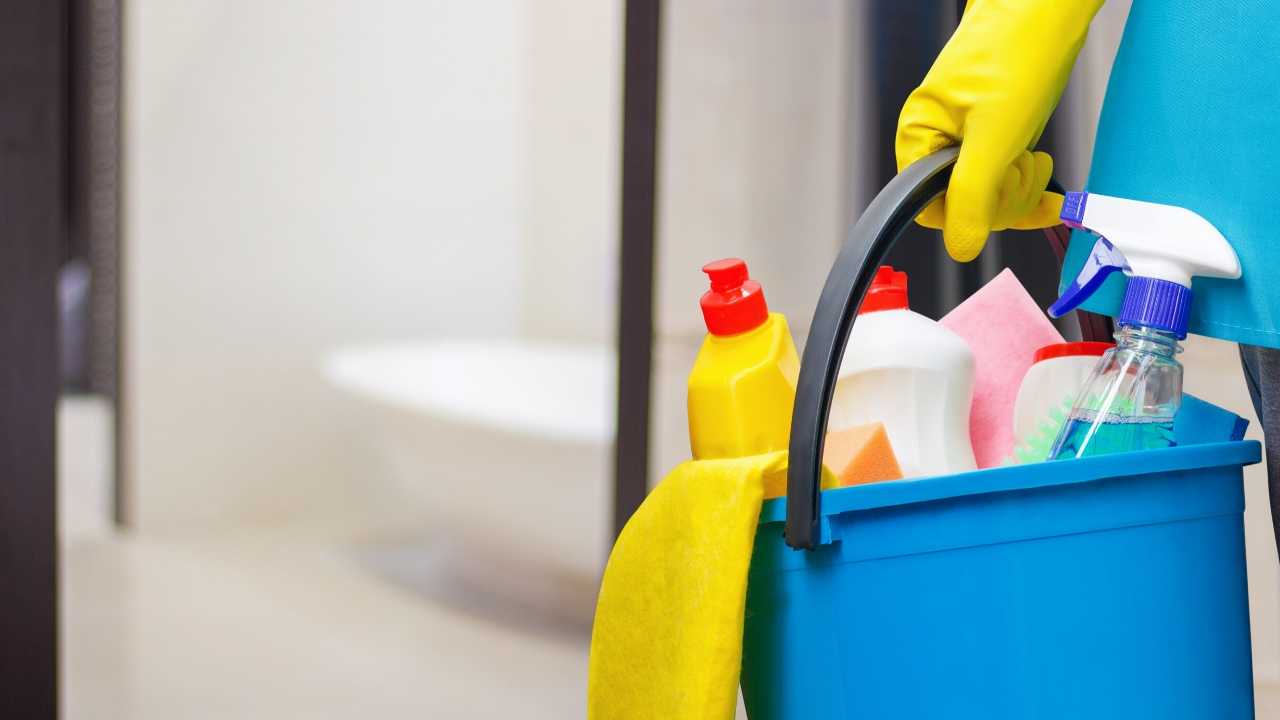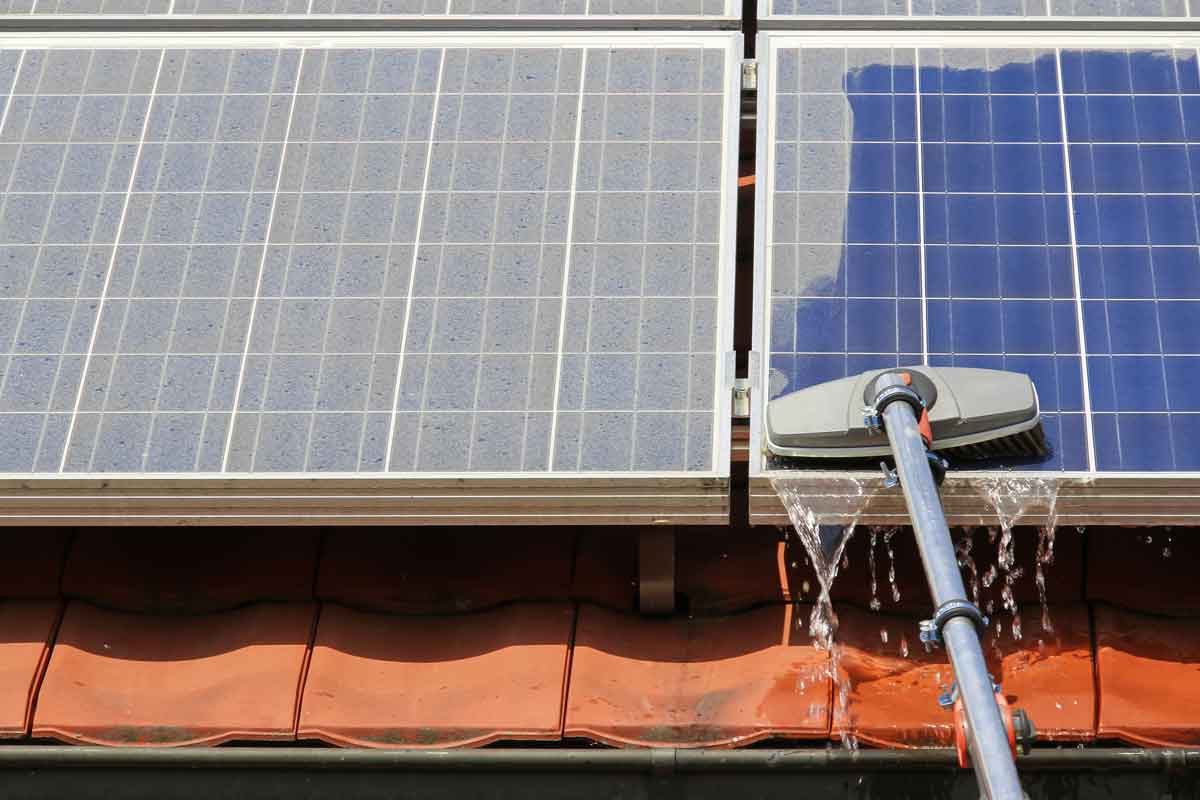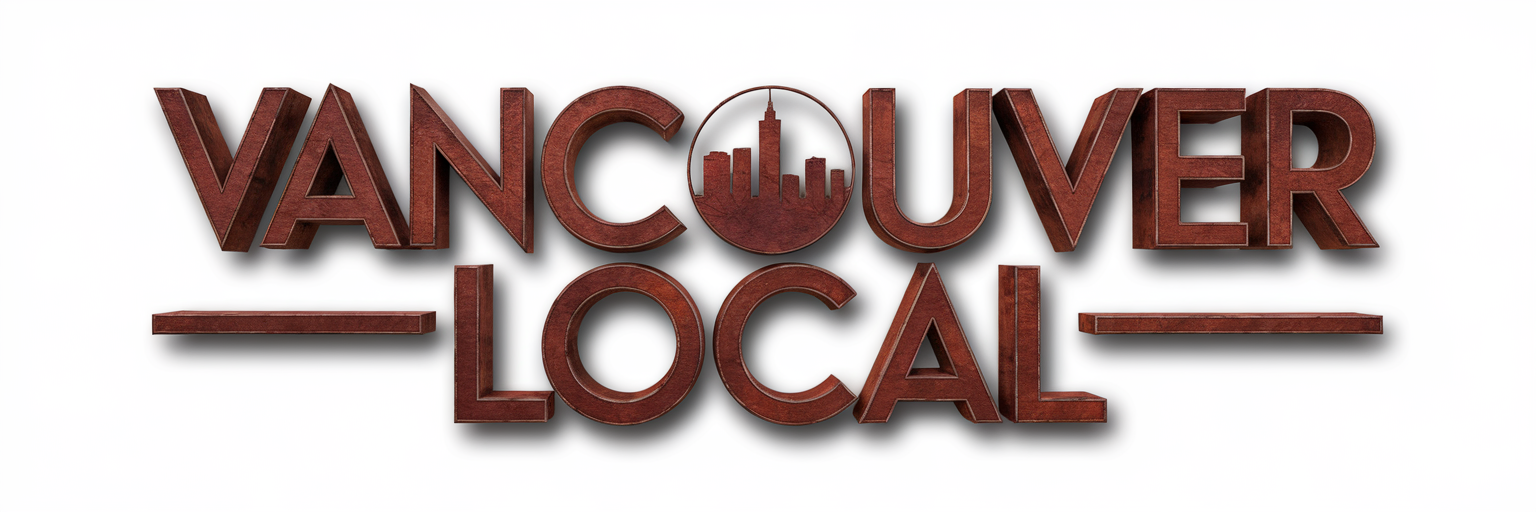More homeowners are opting for solar panels to supplement or replace their grid-based energy needs. Whether you aspire to be energy neutral, prefer a back-up plan in the case of power failure or simply want to save a little on your monthly electric bill, the benefits of solar panels are numerous.
What Are Solar Panels?
Solar panels capture and convert the energy of sunlight to power your home. They can store excess energy in batteries or feed it back into the electrical grid, resulting in credits to your utility account. Most residential solar panels are roof-mounted, although they may also be set up in a field or other area that gets direct sunlight.
Panels come in an array of sizes and power levels. Most residential rooftop solar panels are about 3-1/2 feet by 5-1/2 feet, and produce about 250 to 300 watts per hour of sunlight. A 300-watt panel exposed to five hours of sunlight would produce 1,500 watts, or 1.5 kilowatts (kW). Solar panel systems are described by their total hourly production, so an array of ten 300-watt panels is known as 3 kW.
How Do Solar Panels Work?
Residential solar energy usually features an array of solar panels. These lightweight rectangles rest on a supporting rack, facing the optimal direction to capture the sun’s rays.
Solar panels are photovoltaic (photo meaning light, voltaic meaning electric). When light strikes the solar cells in the panel, it excites the electrons in the cells and generates direct current electricity (DC). An inverter transforms DC into alternating current (AC), allowing it to be used in the home.
Most residential systems lack a large enough battery system to keep the house running overnight, so your electric bill features a net power drawn/given to the energy grid. Known as “net metering,” this technology has made solar more financially sensible for homeowners.
Do Solar Panels Save Money?
In the long run, solar panels definitely save money for most homeowners. Like other investments such as Energy Star appliances, the question is how long it takes for the savings to surpass the added initial cost.
Most professionally-installed solar panel systems pay for themselves after about eight years, with DIY systems faster than that.
This timeline will due to a number of factors, including:
- The amount of sunlight in your area.
- The cost of electricity in your area.
- Energy tax or rebate incentives.
- Whether your home was pre-wired for solar.
- The condition of your roof prior to installation.
As you’ve probably noticed, many of those factors depend on the weather and policies where you live. Net metering isn’t available in all areas. An investment in solar will quickly pay off in a region with high electrical costs and net metering, even if it’s more overcast than other parts of the country.
Pros and Cons of Solar Panels
Like any technology, solar panels come with pros and cons.
Pros
- Great for the environment.
- Relatively DIY friendly.
- Frequently comes with tax or utility incentives.
- Increases home value by about $14,000 according to a Lawrence Berkeley National Laboratory study.
Cons
- High up-front cost.
- Makes roofing repairs and replacement more difficult.
- Becomes less effective as the panels age and technology improves.
That last point is an interesting one. If you love having the latest and greatest technology, know your solar panels will only be cutting edge for a year or two after you install them. After that, the latest models will likely be less obtrusive and more effective.
Solar Panel Installation

Consider these factors as to determine if installing solar panels is right for your home.
DIY vs. Pro
The actual rack and solar panel installation is straightforward. Most DIYers who are comfortable working on a roof can handle the job. It’s possible to install panels solo. But given their size and the nature of roof work, it’s far easier with a helper or two.
Many areas require a licensed electrician to hook up the panels to your home. Even if it’s not technically required where you live, it’s wise to bring in an electrician.
If you opt to go with a solar installation pro, you’ll have expert eyes looking over your project from start to finish. You won’t need to worry about making a small mistake in your usage calculation, resulting in an underpowered array.
Installation Costs/Materials
A residential solar system has three main components: the panels; the rack that supports them; and the wiring and power inverters that deliver power from the panels to your home.
There’s plenty of variation in each of these components (size and power of the panels, fixed or adjustable racks, string or micro-inverter), allowing you to find the perfect fit for your needs and budget. These components can all be bought separately, but are most often purchased as kits that include everything you need.
Installation costs vary, but for a two-story home with a 5 kW panel array, expect to pay between $14,000 and $20,000 for a professional installation (labor and materials). A DIY 5 kW kit costs between $7,000 to $10,000 for materials only. Those numbers don’t include tax or utility incentives. The investment tax credit (ITC) allows you to claim 26 percent of the total cost on your tax return through 2022.
Depending on your tax situation and local incentives, you may find the DIY savings smaller than it first appears.
Where to Buy?
For DIY kits, shop specialty providers online. Look for manufacturers that provide plenty of video instruction and support options. If you prefer to go with a pro, most home improvement stores like Lowe’s or The Home Depot have a solar installation option. Or you can go straight to the installation companies and ask about custom packages.
Solar Panel Maintenance

With no moving parts, the only real solar panel maintenance involves cleaning and inspections.
Cleaning
Naturally, any obstructions that block sunlight will lower the efficiency of the panels. Leaves or pine needles will often clear away from wind or rain in a matter of days. But if you get consistent debris or dirt accumulation, you should plan on the occasional cleaning. And if you live in a snow-heavy environment, you may need snow removal, although most homeowners simply wait for it to melt off.
A professional cleaning costs between $150 and $500, depending on the roof height, slope and number of panels. But if you’re comfortable with roof work, you can easily do it yourself. Whether done by you or a pro, cleaning is the perfect time to inspect the panels and roof.
Inspection
Solar panels should be inspected annually to ensure there’s no damage from falling limbs or hail, and that the roof remains intact beneath the panels. Chances are you won’t have an issue; solar panels are surprisingly durable. But if you do, you’re much better off knowing about it as soon as possible.
https://cats-cleaning-service-in-kentucky.business.site/?m=true
Cat's Cleaning Service 2400 Stannye Court Louisville, KY 40222 Call Us Today @ 270-823-3148 We clean a residence from the top to bottom, utilizing crevice tools and others to get in the nooks and crannies to get it Cat Clean!!!! #CleaningService #Cat'sCleaning #LouisvilleKY
https://sites.google.com/fuseologycreative.com/fuseology-creative-clients/home
Did you miss our previous article...
https://vancouver-local.com/cats-cleaning/10-best-pergola-lighting-ideas

_7.png)





